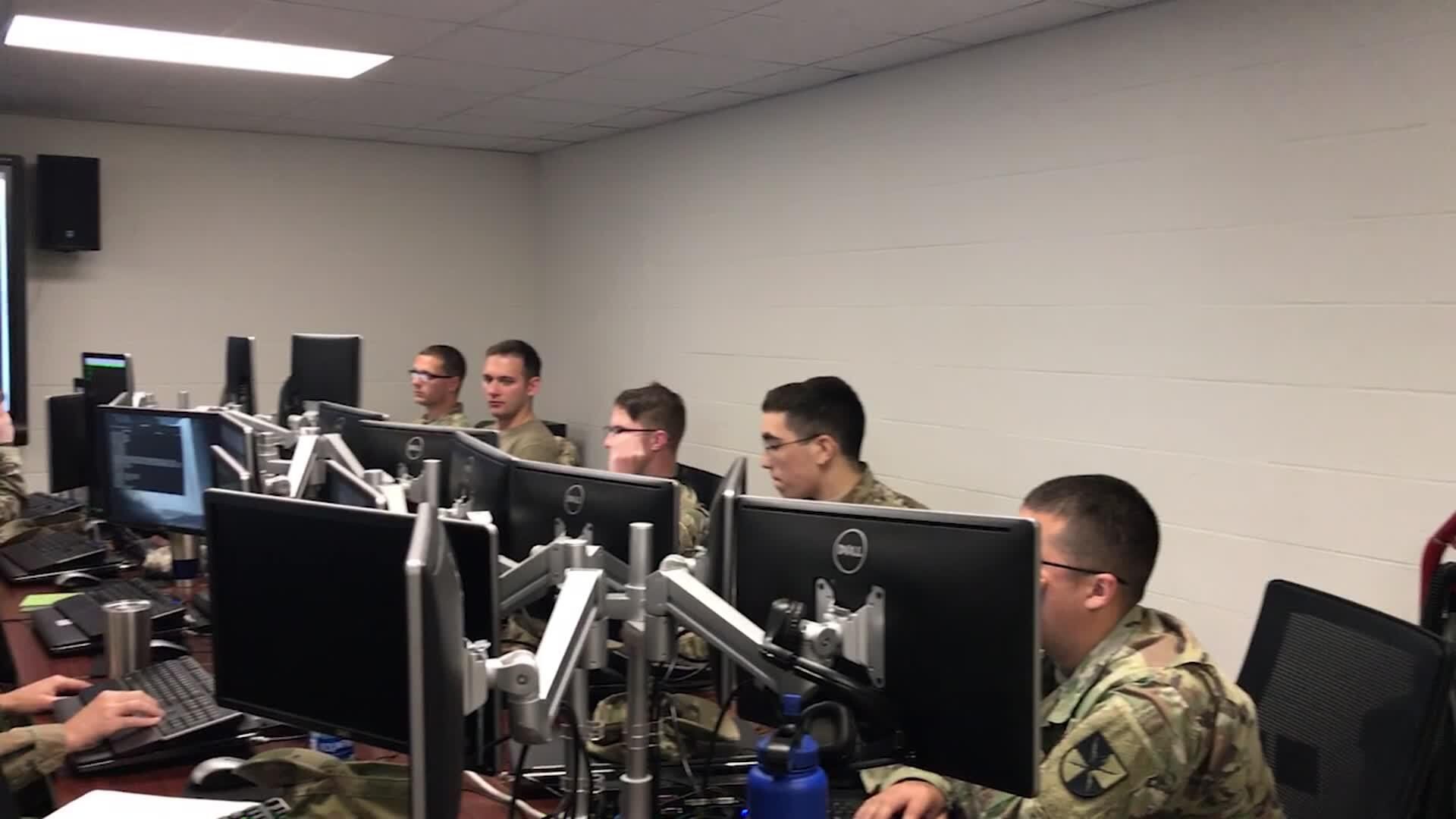


With so many platforms online, how will tomorrow’s Army share data?
Army Enterprise Cloud Management Agency acting director Gregg Judge speaks to Defense News about what the military cloud landscape will look like.

AUSA
Army modernization goals for 2022 and beyond
Army leaders discuss how they expect to meet ambitious plans for new weapon systems.

'Area denial' weapon senses you coming, knows how to attack
Ever encounter a 'terrain shaping obstacle?' Textron has designed a way for soldiers to hit enemy vehicles remotely with their 'area denial' platform.

What's Pacific Command doing to deter conflict in the East?
Gen. Charles Flynn, of Army Pacific Command, updates Defense News on Pacific Command's efforts.

Can security pros use the shutdown to their advantage?
Darien Kindlund, of Insight Engines, explains how savvy cybersecurity professionals could use the shutdown of the federal government to help improve protection strategies.

The impact of AI on future warfare
Rear Adm. David Hahn, the Chief of Naval Research, explains how AI is causing a rapid change in how technology is developed.
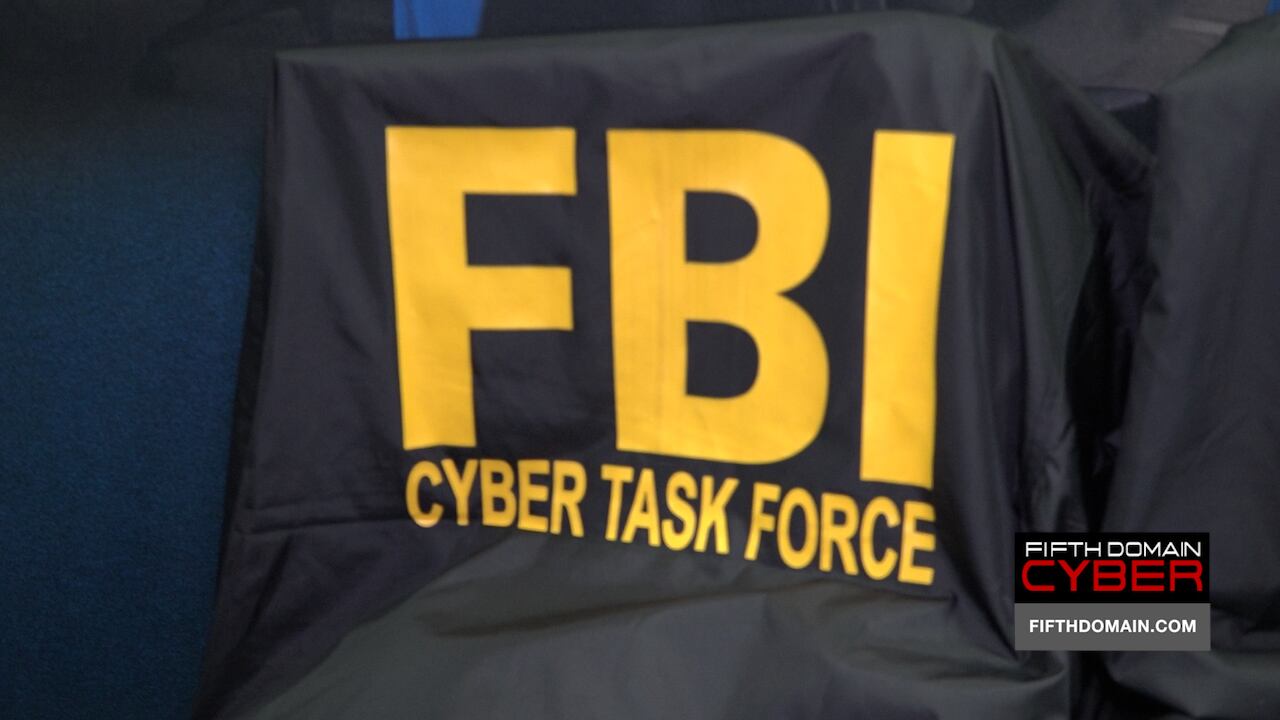
FBI to hackers: Use your skills for good or it won’t end well
Fifth Domain talks cyber recruiting with the FBI at Black Hat.

What DHS is saying to companies at Black Hat [Black Hat 2017]
DHS has a specific goal at Black Hat.
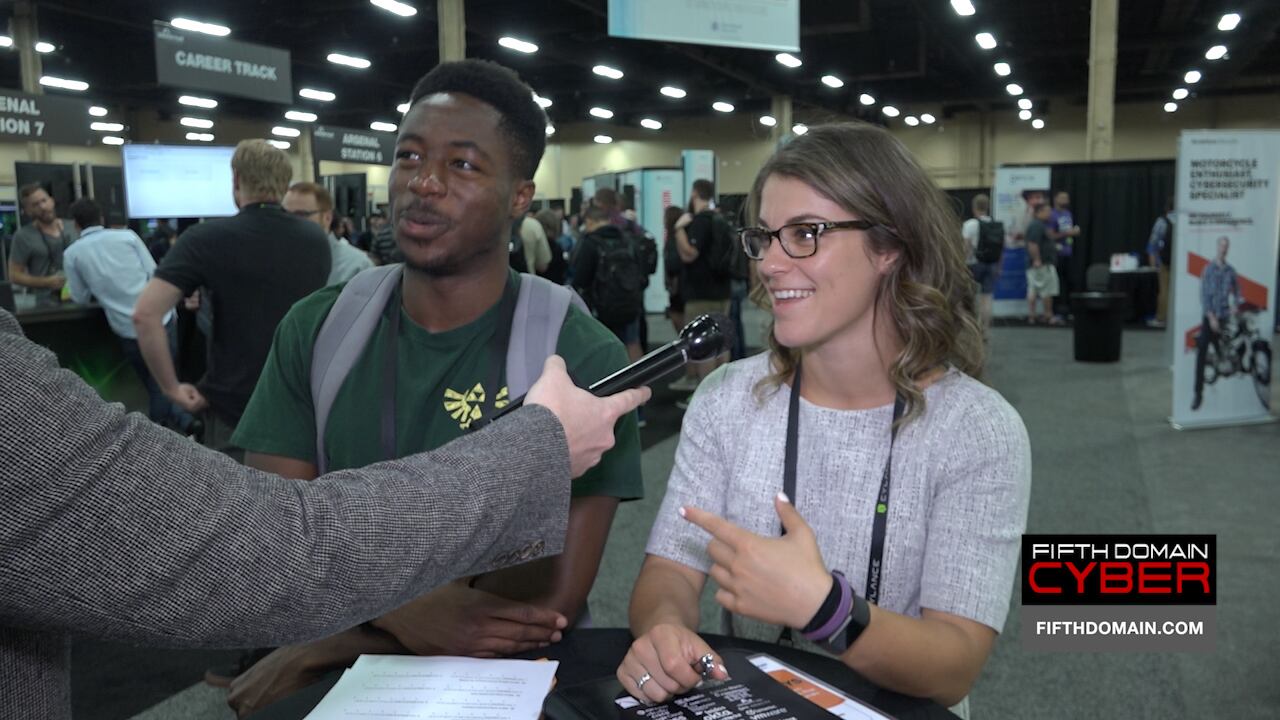
Does Russian meddling count as hacking an election? [Black Hat 2017]
Fifth Domain editor Aaron Boyd asks Black Hat attendees if they consider Russian meddling a hack.

Deadly Skills Quickfire: Cybersecurity
Military Times puts Clint Emerson in the hot seat for some rapid-fire Q&A. Emerson is a retired Navy SEAL and author of "100 Deadly Skills."

State of Cyber with Bobbie Stempfley
Bobbie Stempfley, former DHS deputy assistant secretary for cybersecurity strategy and emergency communications, has a new role as director of Carnegie Mellon CERT. She joins us live to talk about the state of cybersecurity in government and the private sector.
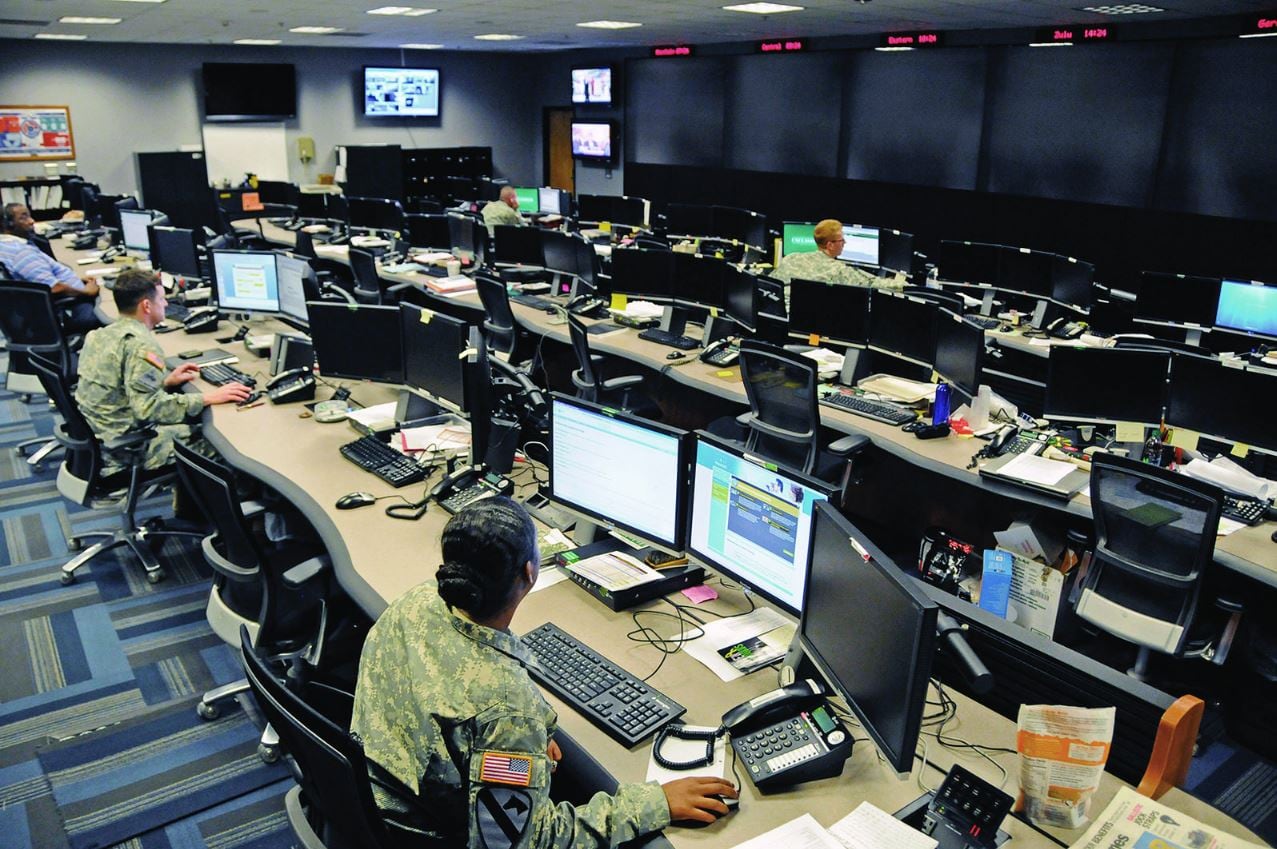
Watch Ukrainian National Police raid company at center of global cyberattack [Video]
Operational and technical headquarters was set up to locate large-scale cyber threats by the National Police of Ukraine and the Security Service of Ukraine.
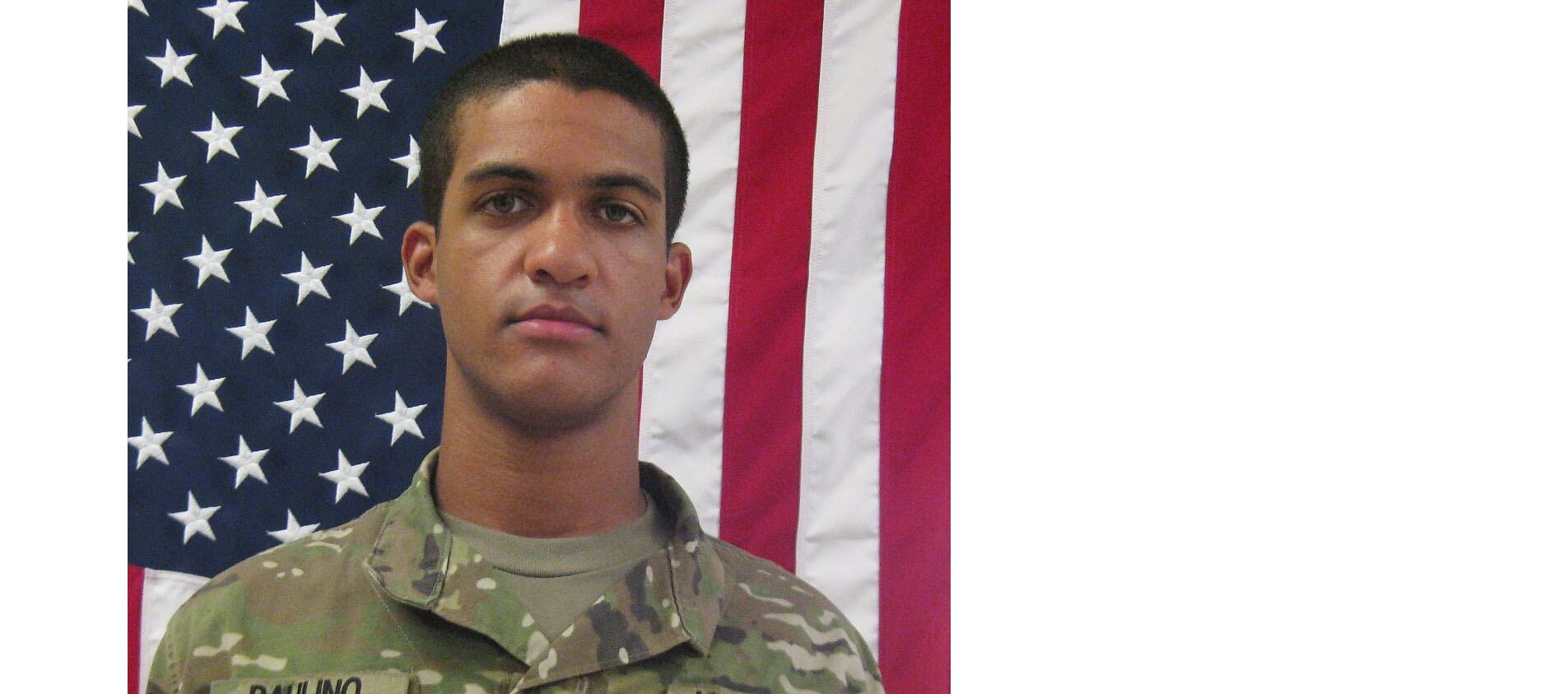
New US-Israeli working group to develop international cyber policy [Video]
The formation of a new U.S.-Israeli group was recently announced at Cyber Week 2017, a major international cyber summit in Israel. The group aims to use new methods of identifying adversaries in cyberspace.

FBI's Cyber Most Wanted, part II [Slideshow]
Rundown on the top cyber criminals the FBI is seeking worldwide. Part II of II.
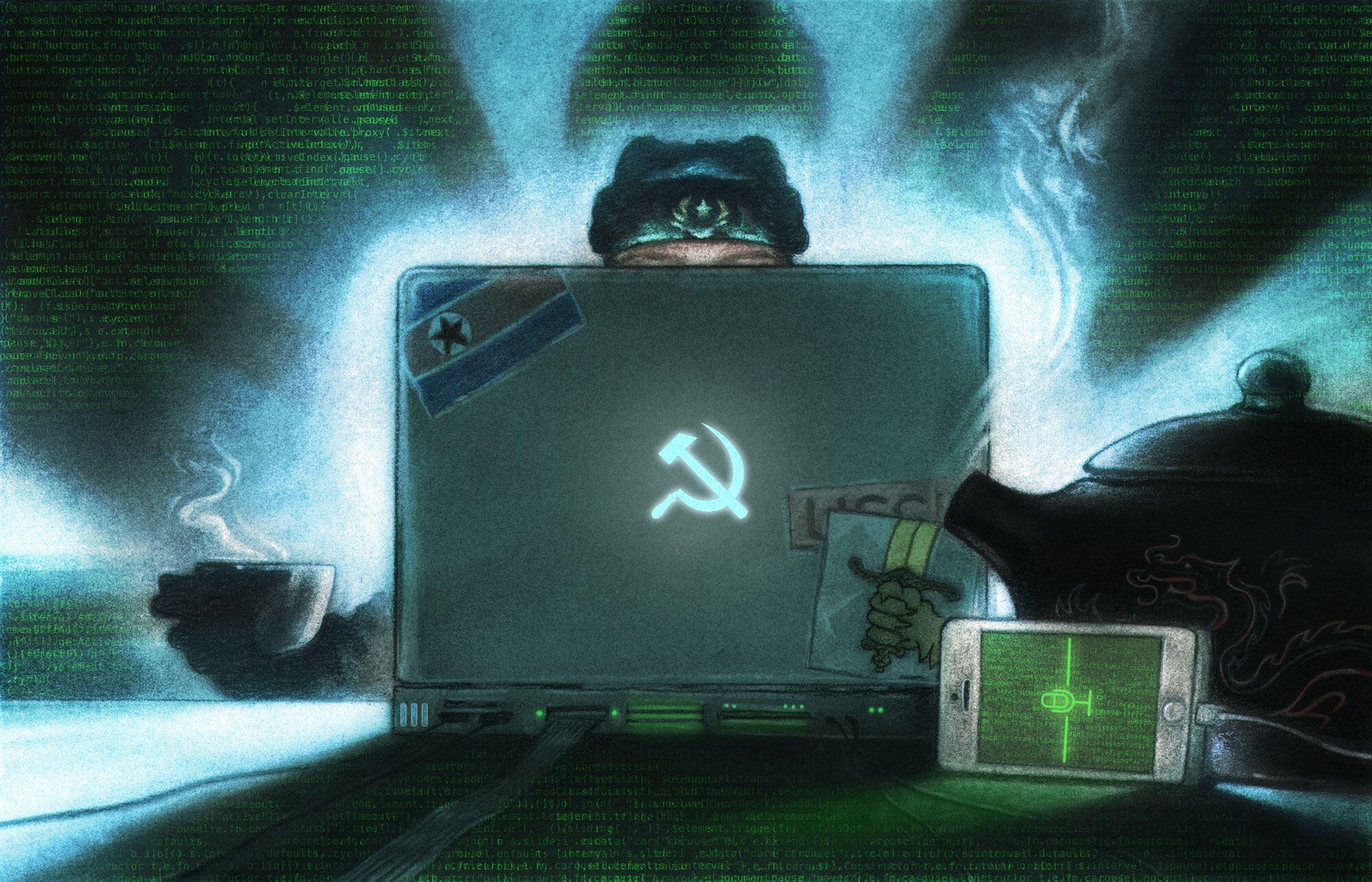
Profiles in cyber: Understanding the US's major adversaries in cyberspace
We build on previous reports, drawing from recent congressional testimony, published cybersecurity research and expert commentary to create a concise introduction and convenient reference to the distinct motives, narratives, strategies, capabilities and operations of each of major nation-state threat actor.

Cyber priorities in Trump's 2018 budget
Former DHS acting Under Secretary for Management Chris Cummiskey on what President Trump's budget proposal has in store for cybersecurity and operations.

Breaking down Trump's cyber order with Paul Rosenzweig [Video]
President Trump signed an executive order on cybersecurity on May 11. Chertoff Group Senior Advisor and former DHS official Paul Rosenzweig joined us live to pick through the EO and answer your questions.
